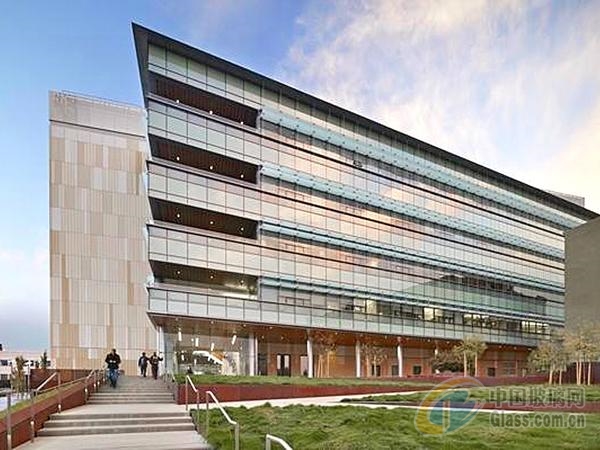Post Time:Jun 19,2017Classify:Industry NewsView:951
Narrowing the focus to the fenestration industry, Selkowitz looked at new business opportunities for high performance windows.

At once educational and inspirational, Stephen Selkowitz’s Lawrence Berkeley National Laboratory (LNBL) looks at the next 25 years of window technology development, and the construction environment in which they will be employed, covered building energy use and evolving strategies for renewables, technology innovations for net zero energy buildings and the steps to achieve optimum performance and participation in this game-changing trend.
To set the stage, Selkowitz showed in detail how measures, such as LED lighting, and decentralized renewable energy sources, such as solar and wind, are steadily lowering long-term projections of building energy use.
On-site photovoltaic and photo-thermal technologies, coupled with building-wide sensing and control of space conditioning, lighting and other nodes of electricity consumption – a strategy dubbed the “internet of things” – are emerging solutions.
The primary goal is to achieve “Zero Net Energy (ZNE) Buildings” in which energy use is reduced by 60 to 90 percent through efficiency improvements, with the remainder provided by renewable sources – essentially decoupling from the traditional grid.
Among other things, this will require collecting and managing energy at the building point of use and focusing on the building envelope.
Narrowing the focus to the fenestration industry, Selkowitz looked at new business opportunities for high performance windows.
These include building integrated photovoltaics (BIPV) for providing electric power and adaptation of “smart” technologies in addition to maximizing efficiency of glazing and components.
“The ideal [would be an] integrated approach to façade/lighting/HVAC building systems to achieve optimum energy efficiency and comfort,” he said, while conceding that “it’s complicated.” Advances are required in building envelope insulating capability, intelligent integration and control systems, and new delivery models to take developments from the drawing boards to the job sites more quickly and reliably.
A high performance building envelope would involve high performance components, such as insulating technologies to achieve very low U-factors, actively managing and optimizing sunlight, dynamic daylight redirecting systems and ventilation technologies that employ thermal capture. He gave current real-world example s of some of these now in development or actually debuting on the market, such as “thin lightweight triple” (TLT) glazing.
Integrated, responsive intelligent systems would encompass mechanical shading devices, passive control of solar gain through photochromic or thermochromic glass, and active control through glass employing liquid crystal, suspended particle display (SPD) and electrochromic technologies.
New delivery models would require changes to embedded institutional paradigms and answer questions such as:
Who would specify the open, interoperable protocols for smart systems?
Who would define the performance requirements?
Can contractors install and calibrate diverse design options?
Can owners and occupants operate these systems effectively?
Pursuant to obtaining these answers, Selkowitz noted that achievements will require refocused priorities, identifying these focal points as follows.
Considering the entire life cycle of the building
Obtaining and analyzing measurable, documented energy impacts of building systems
Expanding integrated smart building systems
Modifying the behavior of people – occupants’ life style decisions, as well as policy makers
Intersecting technology and policy that will make things happen
He also surveyed available design and decision-support software tools for glazing and the building façade, many of which are accessible online here. He wrapped up by explaining the design and function of LBNL’s Facility of Low Energy eXperiments in Buildings (FLEXLAB), which allows testing of room mockups with interchangeable elements of the façade, lighting, fenestration and HVAC systems.
The ZNE challenge will only be met by achieving an innovative balance among people, policy, technology, process and market economics, Selkowitz observed. “Think big, start small, act now,” he concluded.
Source: aamanet.orgAuthor: shangyi